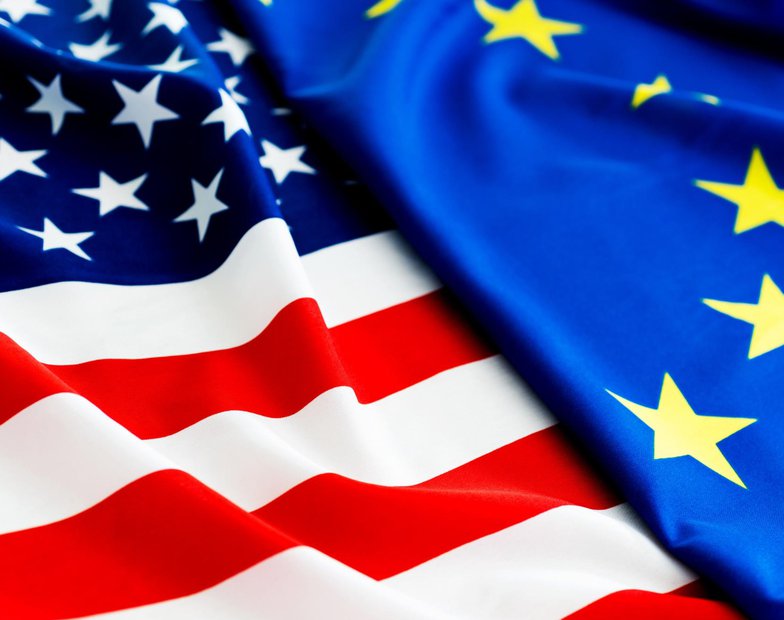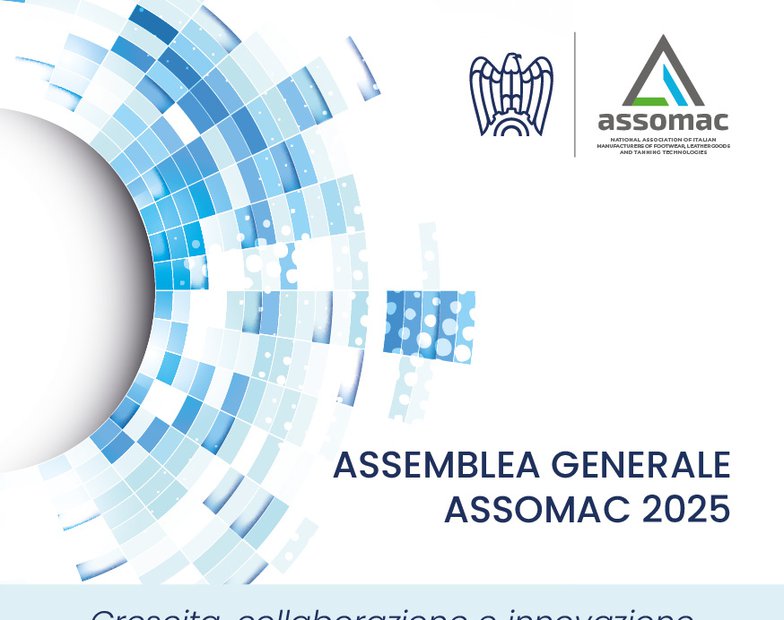The paradigm such an aaS thing has developed considerably in recent years and remains in all these concepts the logic behind the "as-a-service" model, or favoring the transition to a service or result perspective (Servitisation), in which the supplier also assumes the risks historically incurred by the customer, ie financial risks, operational and those related to the behavior of the user of the product-service itself.
"Always close" has been the mantra that has dominated the sales world for the past thirty years. The goal is clear: close that sale. Make the deal. Sell the product. And the sale almost always consisted of an isolated operation: transfer of ownership of a physical thing, whether it was a pen or an attic, from the seller to the customer. For example, large manufacturing companies produced and sold large, complex equipment, often giving up service contracts to secure sales. And then they were very happy with the sale, although the lifetime value of the service contract sold was worth at least as much, if not more, than the object itself. However, changing markets and increased competition, resulting in erosion of profits, are forcing companies to offer more to their customers than simply selling a product, such as additional services. Right now they are considering how to solve customer problems in the long run, rather than just focusing on a one-off transaction. They are taking the time to review their customers' operations and work with them to determine how to add long-term value. They are embracing the concept of servitization.
The term servitisation first appeared in 1988 in an article entitled Servitization of Business: Adding Value by Adding Services[1]. The concept, however, never managed to get off the ground, until the advent of the digital revolution, when a combination of the internet, 4G and cloud computing allowed digital goods, such as software, to be sold on a subscription basis, as a service that can be deployed and updated remotely. Companies no longer had to have an in-house IT office, with the consequent infrastructure risks and an excessive waste of time and money to manage and update a myriad of software and related licenses. Now they can pay for a monthly or annual subscription and get instant access to the latest version of the software.
Media soon became the second industry to embrace the servitization initiated by the digital revolution, allowing subscription-based access to music with Spotify or movies and TV shows with Netflix. Companies that continued to adhere to the old model where customers had to go to the store to buy or rent movies, music and games, such as Blockbuster or HMV, saw sales fade and bankruptcy occur. They seemed surprised to discover that the customer did not have too much desire to go to them in the grip of anxiety to return at the last minute games and videos rented with the risk of incurring penalties or seeing shelves full of CDs, DVDs and video games. The planet was also extremely grateful for this breakthrough, as there was a dramatic drop in the number of excess or unwanted electronic media ending up in landfills.
Now, 32 years after the birth of the concept of servitisation, the idea of selling access to solutions, instead of tangible goods and products, has become the norm in several sectors, creating what has been called the collaborative economy. As was the case with software and media, today many of the aspects necessary to manage the most modern businesses can be obtained as a service:
- Logistics as a Service (LaaS)
- Space as a Service (SpaaS)
- Transport as a Service (TaaS)
- Manufacturing as a Service (MaaS)
- Supply Chain as a Service (SCaaS)
And many more. This new business model reduces the high overheads that in the past prevented new entrants or startups from entering a market. In many cases it turns the situation upside down, allowing new and agile startups to avoid the costs associated with overheads, such as high rents, long-term IT contracts and expensive production facilities, in addition to the considerable costs of labor, upgrading, and routine and extraordinary maintenance.
The transition to a service-results logic is manifested more in non-traditional contractual types. On the basis of the revenue model (how to sell) we can distinguish two main macro-categories typical ofthe Everything-aaS: the models based on subscription, which provide for the payment of a sum agreed with a certain periodicity, and the models called Pay-per-x, which are based on recurring revenue streams based on the actual use of the asset by the customer (Pay-per-use). on the performance guaranteed by the product (Pay-per-performance) or, again, on the output actually generated (Pay-per-outcome). It is known and evident that this last macro-category can represent the real peculiarity of XaaS paradigms, where revenue generation mechanisms are distorted and based on specific, often complex agreements, in which both parties must agree on the terms of use, payment and related responsibilities.
Equipment-as-a-service (EaaS),
It is easy to understand how the application of the Everything aaS paradigm can therefore represent an innovative element for companies, able to generate new competitive advantages, especially in more traditional sectors. Consider, for example, Equipment-as-a-service (EaaS), which is an "extreme" example of so-called servitization. In this model, in fact, the provider takes care of all the services necessary for the correct functioning of the equipment and performs maintenance when necessary, taking care of spare parts, consumables, technician time and recalibration of settings, for example. The customer can thus concentrate on the value activities of his business, with the guarantee of operating results and a distributed and (almost) certain cost.
[1] S Vandermerwe, J Council; "Servitization of business: adding value by adding services’”, European management journal, 1988 - Elsevier



